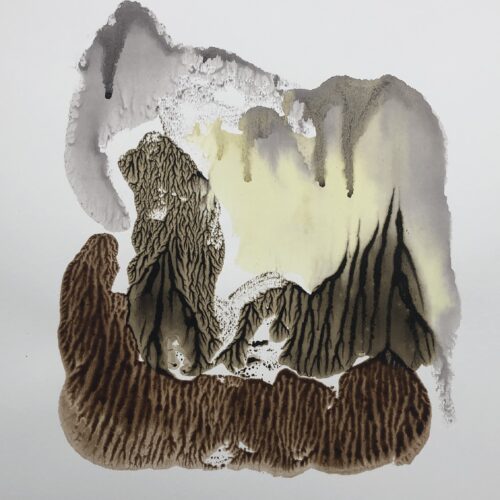
Right up the bracket
One of the first things we teach scriptwriting students is that there is a definite and unique format to how we present stories as script. At its most basic, a script is presented through description and dialogue which are separated by use of margins and indents. But there is another little element of presentation that seems to cause a lot of misunderstanding and errors among students. This is what is called ‘parentheticals’.
Parentheticals in a script are mini descriptions put into dialogue (in brackets), usually to describe emotion, or what the character is doing while talking, or the way the character delivers the dialogue.
Parentheticals are useful and essential for the writer to communicate their intent. Remember that the script is the ‘blueprint for the film’ so directors and actors need to know essential details to understand the story. Without the parenthetical, the reader might misunderstand what you mean.
The problem with parentheticals
Probably the biggest error we see in student scripts is overuse of parentheticals. It is as if students feel the need to define every single line of dialogue. This is overkill.
The screenwriter John August (https://johnaugust.com) researched the screenplays of many award-winning scripts. Here is what he found:

You can see that these professional screenwriters only use parentheticals on average once a page. They know that dialogue should speak for itself and you do not need to define every emphasis and emotion. In fact, if you feel the need to do that then there is something wrong with your dialogue.
So when can you use parentheticals?
Let us look, then, at when to legitimately use parentheticals in your script.
The first and most common use of parentheticals is to indicate time during a section of dialogue – such as ‘pause’ or ‘beat’. Using this kind of parenthetical in the right place can set the timing and the context to create a joke, a scare or an emotional response in your audience.

A second use of parentheticals is to indicate what a character is doing while they talk. This is a tricky one and often trips student writers up. A general rule is that if the instruction runs to more than two lines then you should turn it into standard action description before or after the dialogue. If it is a small detail, then you can legitimately put it as a dialogue instruction.
So this would be wrong:

This, though, is fine:

However, don’t go overboard and try to script every look, every gesture, every action. A script is written to be read by someone, so overusing parentheticals will not only break the flow of the dialogue, they will also drive the reader mad! Some actors will cross out parenthetical comments in their scripts so that they are free to create their own nuanced performance. Al Pacino has been known to scream at writers and directors: “Listen, I’ll decide when I light my cigarette!”
The final use of parentheticals is to define the intent or emotion of the character who is speaking. Like action, this is the use of parenthetical that most students get wrong and go overboard defining every single line of speech. If a character says: “Don’t worry, I’ll look after you”, there is no need to write (comfortingly) before the line as it is obvious. If characters are arguing in a scene, putting (angrily) as an instruction is unnecessary. However, writing that a character (remains totally calm) during an argument is legitimate as it is important information.
As John August found, professional screenwriters do not feel the need to bolster up their dialogue with loads of instructions. If you find that you are using three of more parentheticals on a page, look again at your dialogue to see if it is containing enough emotion. It is a bit like comedy: if you have to explain the joke then it isn’t working.
If a line of dialogue could be read in more than one way, then a parenthetical instruction is legitimate to get your intent clear to the reader. The most common examples of this are: (sarcastically) or (withering). Without the instruction, the line of dialogue could mean something else.

In conclusion
There is no hard rule for using parentheticals but you should look on it as a way of telling the details of your story clearly. Use them to make the reading experience enjoyable and your intentions clear when characters talk.
If you would like to read more about the proper use of parentheticals, these two articles are excellent reads:
Ask The Expert: Parenthetical or Personal Directions https://www.scriptmag.com/features/ask-the-expert-parenthetical-or-personal-directions
Why Spec Scripts Fail: Parentheticals https://www.scriptmag.com/features/spec-scripts-fail-wrylie-parenthetical-2
|
|







This is very helpful for screenwriters and applies to a large extent to fiction writers too. You don’t need the explanatory adverbs and adverbial phrases when you are writing a story. The writer has control of the dialogue and the reader can do the rest: we don’t need the equivalent of parentheticals either like: “I hate you,” she said snarlingly. Or “I love you,” he said endearingly.